How do the Northern Lights come about? Sami legend says the Fox runs across the Arctic fells and lights up the sky with sparks flying from its tail whirling up the snow. The modern Finnish term “revontulet”, the fox’s fires, derives from this myth.
A scientist’s explanation to the phenomenon would be something like “the solar wind sends charged particles towards the Earth, and upon colliding with its atmosphere they produce energy given off as light."
The Aurora Borealis appear on 200 nights a year in Finnish Lapland. The further north you go, the greater the chances of spotting them. Saariselkä, Kilpisjärvi and Inari along with the rest of Northern Lapland are recommendable places in Finland. In Helsinki and the south, the Aurorae can be seen on roughly 20 nights a year, away from city lights.
HOW AND WHEN DO I SPOT THEM?
Seeing the Northern Lights requires sufficient darkness and clear skies, which makes late autumn, the winter and early spring (September to March) the most favourable times. The best time of day is an hour or two before and after midnight. The display might last 20 seconds or go on for hours.
“I WAS PROMISED THE NORTHERN LIGHTS, NOW WHERE ARE THEY?”
Even with today’s technical equipment, the Lights’ appearance can never be forecast with certainty. They are a phenomenon that cannot be packaged and sold, which makes each spotting special.
They appear for you; right then, right there. The Sun and the Earth are the conductors of the show, and each performance is unique. The Fox moves in mysterious ways.
 |
Versione Italiana:


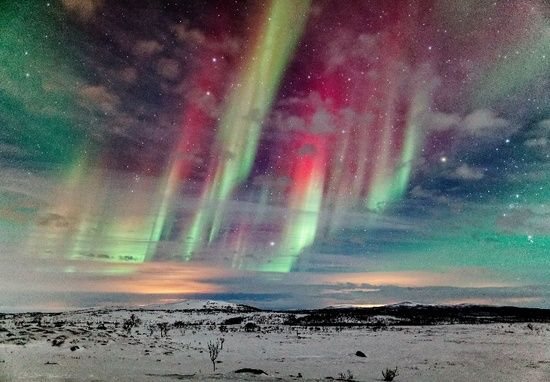
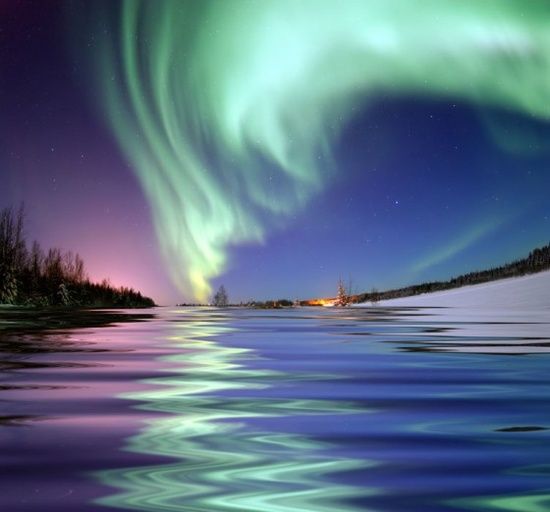
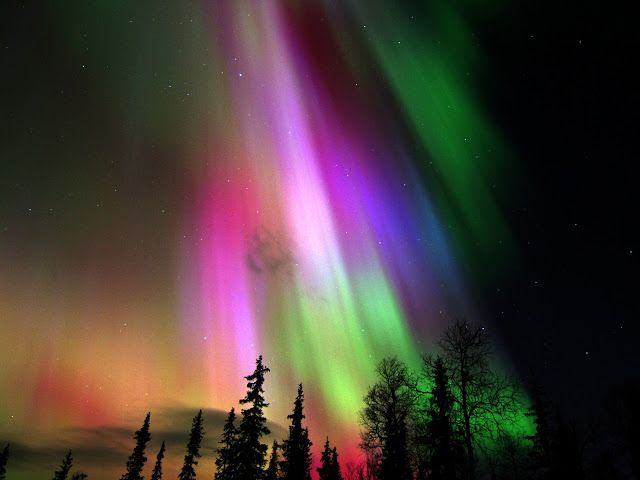
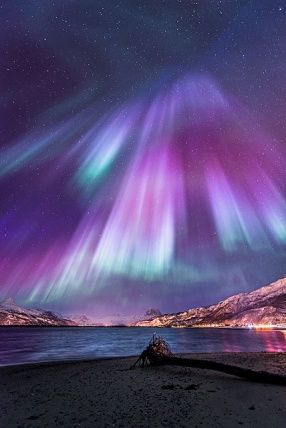
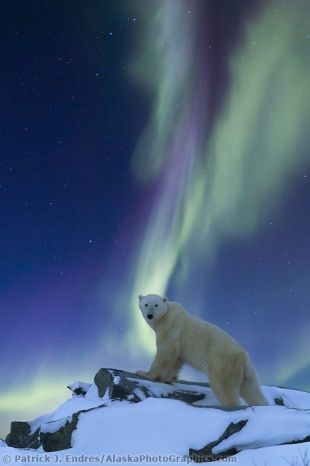
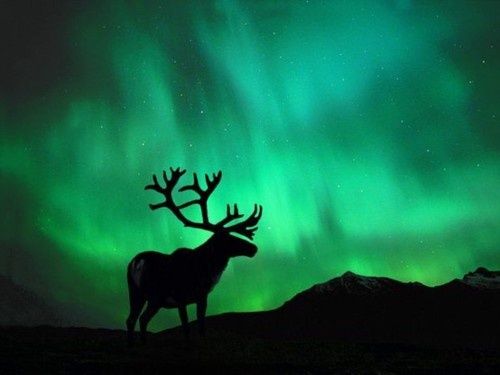
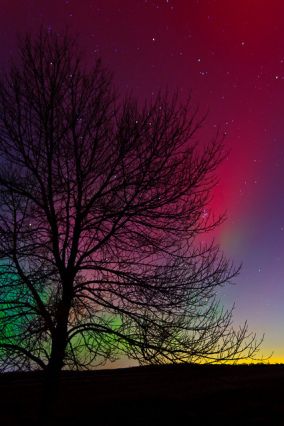


No comments:
Post a Comment